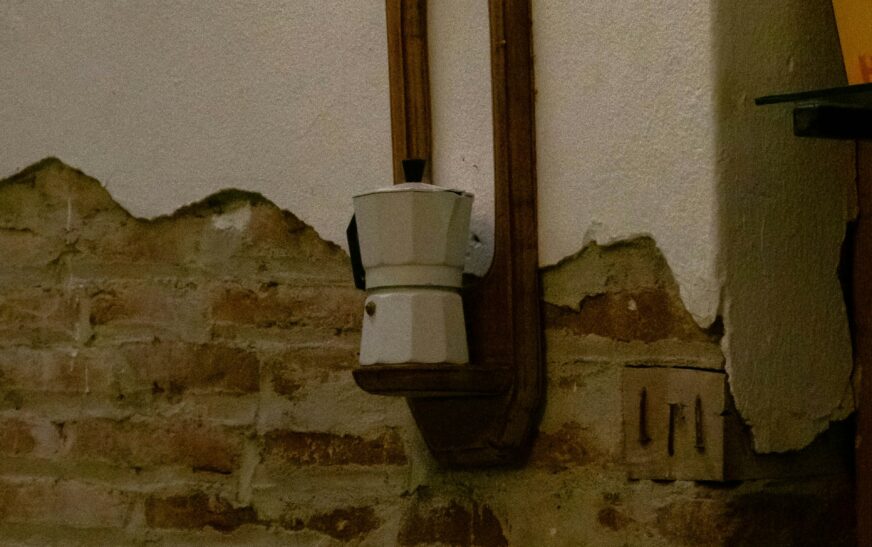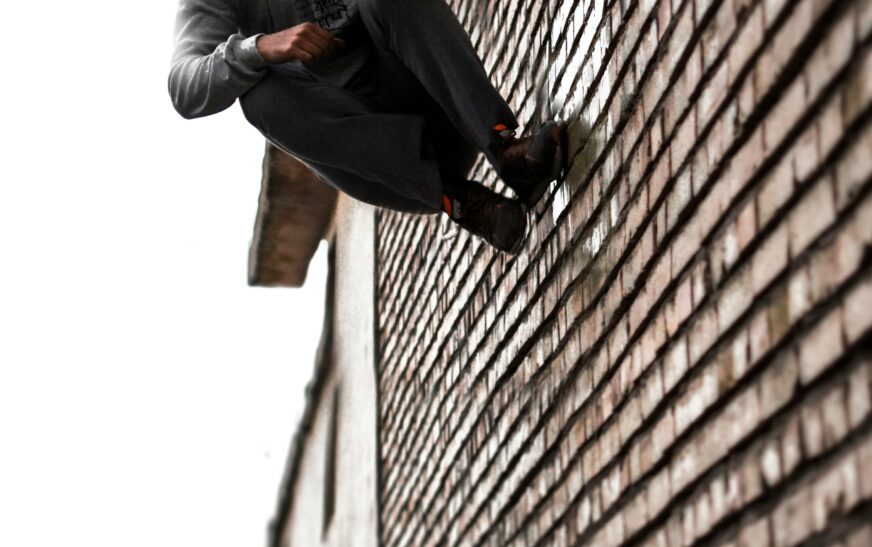Brick walls are gorgeous—textured, timeless, and full of architectural charm. But when it comes to decorating or organizing, that uneven, tough surface can feel… well, intimidating. Many people ask: how do you hang things on brick without drilling? Whether you’re renting and want to keep your security deposit intact, or just don’t want to risk cracking mortar, the idea of a power drill can feel permanent and scary.
Good news: with the right tools and tricks, you can hang frames, signs, lights, and more—without a single hole.
Why Avoid Drilling Into Brick
Before we dive in, here’s why skipping the drill can be a smart move:
- Permanent damage: Holes in brick or mortar aren’t exactly reversible.
- Cracks or chips: Drilling can spall or crack older bricks.
- Rental restrictions: Tenants often can’t make structural changes.
- Mess and noise: Drilling masonry is dusty, loud, and time-consuming.
- Flexibility: Non-drill methods let you swap or reposition items easily.
With the right approach, brick doesn’t have to be a barrier to stylish, damage-free decorating.
1. Brick Clips (aka Brick Hangers)
Brick clips are the MVP for renters and anyone avoiding drilling.
How They Work:
They grip the top and bottom edges of a brick using tension—no tools, no adhesives, no damage.
Best For:
- Wreaths
- Small signs
- Artwork
- String lights
Pros:
- No residue or mess
- Reusable and repositionable
- Holds up to about 25 lbs
Cons:
- Only works on slightly protruding bricks
- Not suitable for oddly shaped or flush bricks
2. Adhesive Brick Hooks
Specially formulated adhesive hooks can cling to brick without nails.
Tips for Success:
- Clean the surface thoroughly (dust and oils are your enemy)
- Let it dry completely before applying
- Press firmly and hold for 30 seconds
Great For:
- Lightweight décor
- Seasonal or holiday items
- Temporary setups
Limitations:
- Adhesion can weaken in humidity or heat
- May struggle on very porous or powdery brick
3. Velcro Strips for Brick and Concrete
Industrial-strength hook-and-loop fasteners (aka heavy-duty Velcro) are surprisingly effective.
How to Use:
- Clean brick with rubbing alcohol
- Apply Velcro to both wall and item
- Use multiple strips for heavier pieces
Perfect For:
- Canvas art
- Light shelving
- Wall-mounted organizers
Watch Out:
- Not ideal for outdoor use unless weather-rated
- Highly textured surfaces reduce contact area
4. Masonry Tape
Masonry tape is a heavy-duty double-sided adhesive designed for rough, porous surfaces.
Usage:
- Cut to length
- Press firmly onto clean brick
- Hold item in place for 30–60 seconds
Great For:
- Wall-mounted lights
- Temporary signs
- Small outdoor fixtures
Caution: Removal may pull paint or leave residue—so use carefully on painted or sensitive surfaces.
5. Magnetic Brick Hangers (Special Cases)
If your brick is a thin veneer over metal (common in commercial walls), strong rare-earth magnets can do the trick.
Best For:
- Hanging lightweight photos or banners
- Situations with hidden metal backing
This is niche, but perfect for specialized settings like modern condos or office walls.
6. Tension Rods for Alcoves
Got a fireplace surround or brick alcove? Tension rods can save the day.
Great For:
- Hanging curtains or fairy lights on patios
- Suspended décor in fireplace mantels
Just extend the rod between two surfaces and hang your items—no drilling, no glue, no stress.
Additional Tips
- Test first: Try a small area before committing.
- Check weight limits: Never overload clips or adhesives.
- Prep the surface: Clean and dry thoroughly for best adhesion.
- Monitor over time: Weather and humidity can affect adhesives—check periodically.
Read More : How Much Is a Pallet of Bricks? A Deep Dive Into Quantities, Composition, and Construction Impact
What NOT to Do
- Hot glue guns: They rarely stick to brick and leave a mess.
- Nails or picture hangers: Made for drywall, not brick.
- Regular tape or tacks: Ineffective and frustrating.
With these techniques, your brick walls can become a stylish, functional space—all without a single drilled hole.










